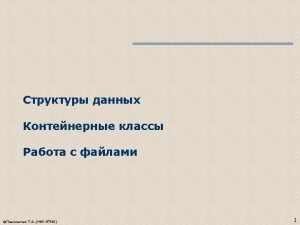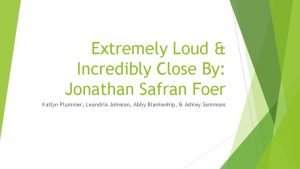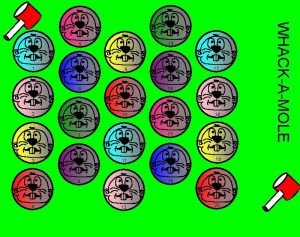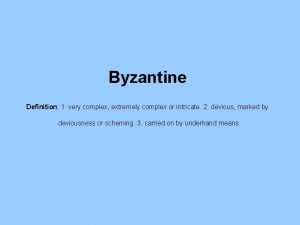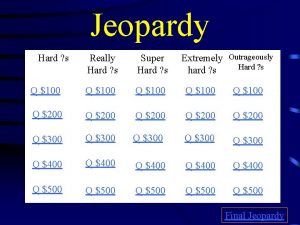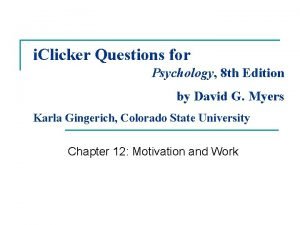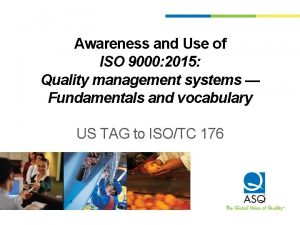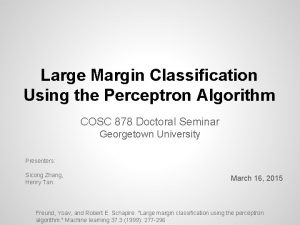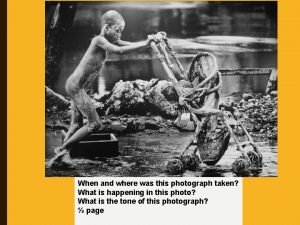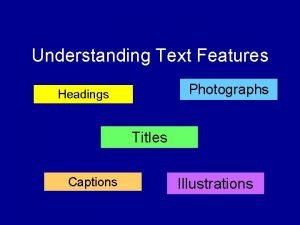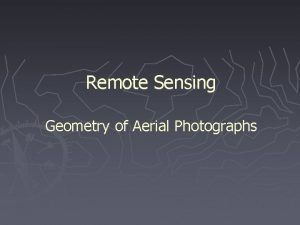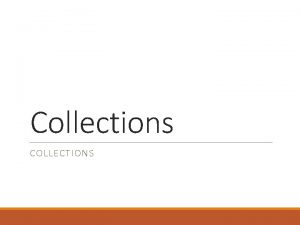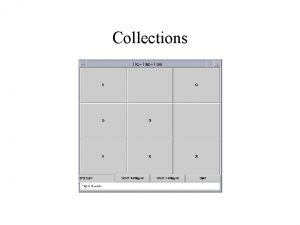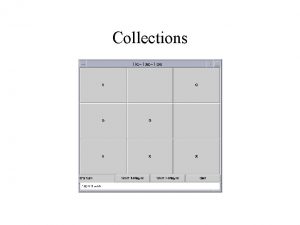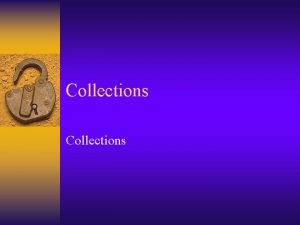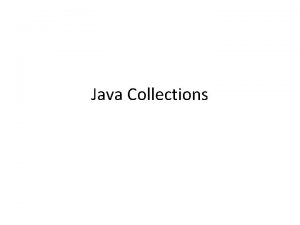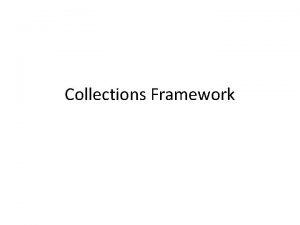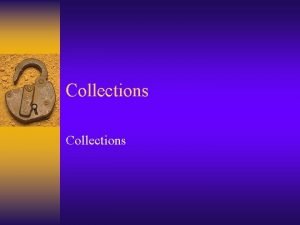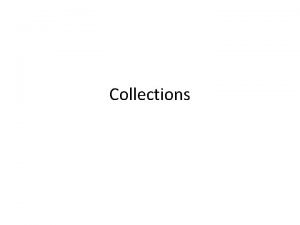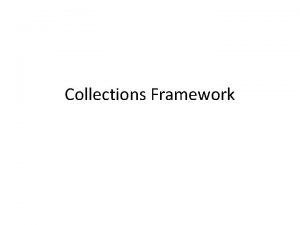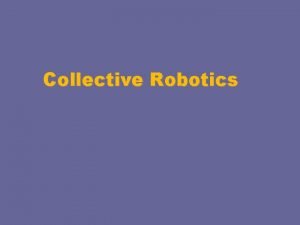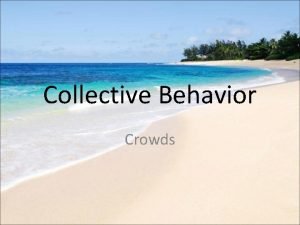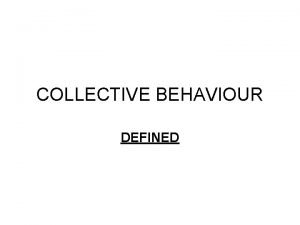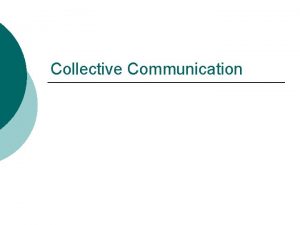Collective Vision Using Extremely Large Photograph Collections Mark
















- Slides: 16

Collective Vision: Using Extremely Large Photograph Collections Mark Lenz Camera. Net Seminar University of Wisconsin – Madison February 2, 2010 Acknowledgments: These slides combine and modify slides provided by Yantao Zheng et al. (National University of Singapore/Google)

Last Time • Distributed Collaboration • Google Goggles – Personal object recognition • World-Wide Landmark Recognition – Building the engine

Today • World-Wide Landmark Recognition – Querying the engine • Building Rome in a Day – Distributed matching and reconstruction • Discussion

Unsupervised learning of landmark images Geoclusters Landmarks from tour articles Noisy image pool Visual clustering Validate and clean models ……

Object matching based on local features Sim( , ) = image match score = Probability of a feature match by chance

Match Region Graph • Node is match region • 2 types of edges: Image matching • overlap region edge: measures spatial overlapping Visual clusters Agglomerative hierarchical clustering

False detected images Match is technically correct, but match region is not landmark A problem of model generation Match is technically false, due to visual similarity A problem of image feature and matching mechanism For positive images: • 337/417 (80. 8%) are correct • Identification rate: 337/728 (46. 3%) For negative images: • False acceptance rate: 1. 1%

Landmark Recognition • • All local features indexed in one k-d tree Match region - interest points that contribute to a match between two images

k-d trees • • k-dimensional binary tree Sub-trees split at median w. r. t one dim Cycle through dimensions Creates “bins” of NNs Indexing local feature for matching Query time: ~0. 2 sec in a P 4 computer

Landmark Recognition • • Detect features on query image For each feature in query image – • • Find NN features using k-d tree NN features link to their model image Score match regions between query and model images

Scoring Match Regions • Query image interest points matching points in model image determined through NN search • Match score = 1 -PFPij (probability match b/w regions is false positive) – • PFPij is based on the number of matched points Match threshold = total score > 5

Intuition • Query image should have many interest points with matches in match region = high match score • Points should have matches in multiple regions (images) - threshold

Building Rome in a Day • Use photos from photo-sharing websites to build 3 D models of cities • Web photos less structured than automated image capture (e. g. aerial) • Increased efficiency through distributed computations

Multi-Stage Parallel Matching • Matching is distributed across nodes • Vocabulary tree-inspired match proposals – For distributed matching • Query Expansion to increase cluster density – Match proposals create only sparse clusters

Conclusion • Distributed Collaboration • Google Goggles – Personal object recognition • World-Wide Landmark Recognition • Building Rome in a Day – Distributed matching and reconstruction

Thoughts for Discussion • Geo-clustering to filter out seldom traveled/photographed sites • Match region graph for view comparison • Pre-tag landmarks such as exits • Augmented reality • Distributed matching of features • Ad-hoc wireless network range • Other thoughts. . .
 Using system.collections
Using system.collections Using system collections generic
Using system collections generic Human vision vs computer vision
Human vision vs computer vision Oskar schell character analysis
Oskar schell character analysis Invert the subject and verb with place expressions
Invert the subject and verb with place expressions Natural selection will ultimately make a species
Natural selection will ultimately make a species Contains graphic content
Contains graphic content Extremely complex
Extremely complex Extremely
Extremely Extremely
Extremely Lindsey is extremely afraid of becoming obese
Lindsey is extremely afraid of becoming obese Iso 9000 2015 pdf
Iso 9000 2015 pdf Margin perceptron algorithm
Margin perceptron algorithm Mission herbalife
Mission herbalife When and where was this photograph taken?
When and where was this photograph taken? Headings text features
Headings text features Geometry of vertical aerial photograph
Geometry of vertical aerial photograph

